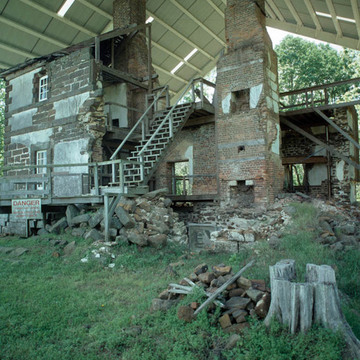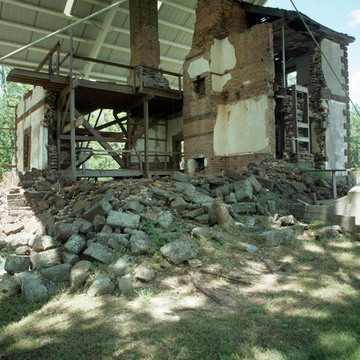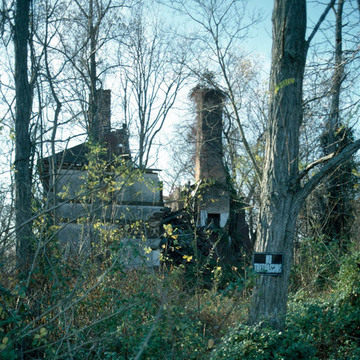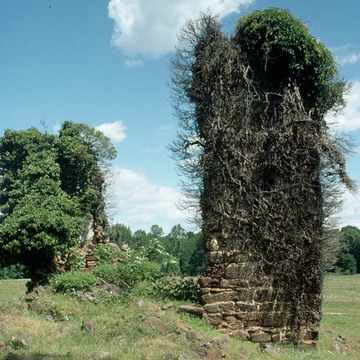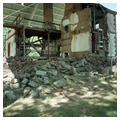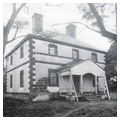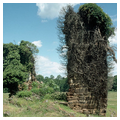One of the great houses which survive from colonial Virginia's age of dominion by a landed elite, Menokin is the result of a unique collaboration between John Tayloe II of Mount Airy and his new son-in-law, Francis Lightfoot Lee. Instead of the cash dowry he customarily bestowed, Tayloe gave Lee life interest in 1,000 acres of his vast Richmond County estate and agreed to build a gentleman's seat there. Tayloe and Lee selected a design by William Buckland, whose proposal represents the only presentation drawing known to exist for any colonial Virginia house. Working with local stonemason William Wright, Buckland also supervised construction at Menokin until 1771, when he left for more lucrative opportunities in Annapolis. By this time Menokin was complete enough to shelter Francis Lightfoot Lee and his young wife, but building on the site—including completion of the interior—continued for several years. The result is a house of remarkable qualities. Built of the same local iron-infused sandstone that distinguishes Mount Airy, Menokin's white-plastered elevations leave the dark brown stone exposed only where the masons shaped it into quoins, architrave, and belt courses. The effect is a visual inversion of Mount Airy's masonry color scheme, which underscores a complex parent-offspring relationship between these two grand houses.
Francis Lightfoot and Rebecca Tayloe Lee lived at Menokin for the rest of their lives. The house is notable as the dwelling of a founding father and signer of the Declaration of Independence. The Lees died in 1797, and Menokin reverted to the Tayloes and then passed out of the family. Menokin remained as a residence















